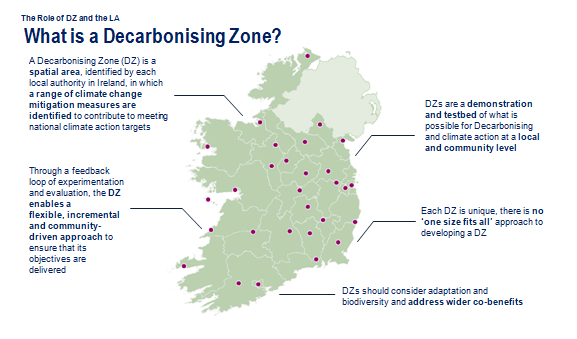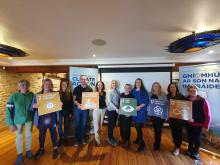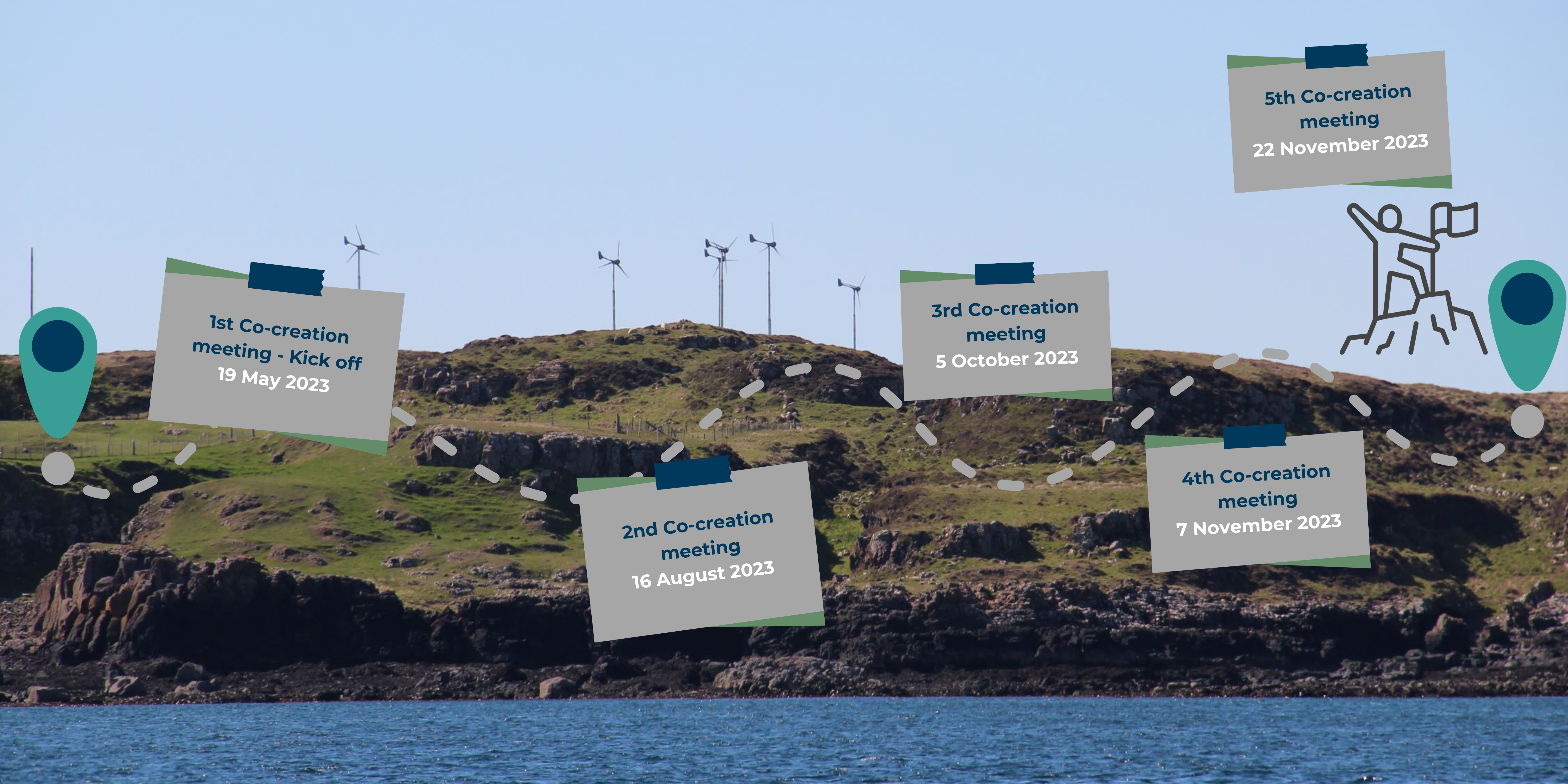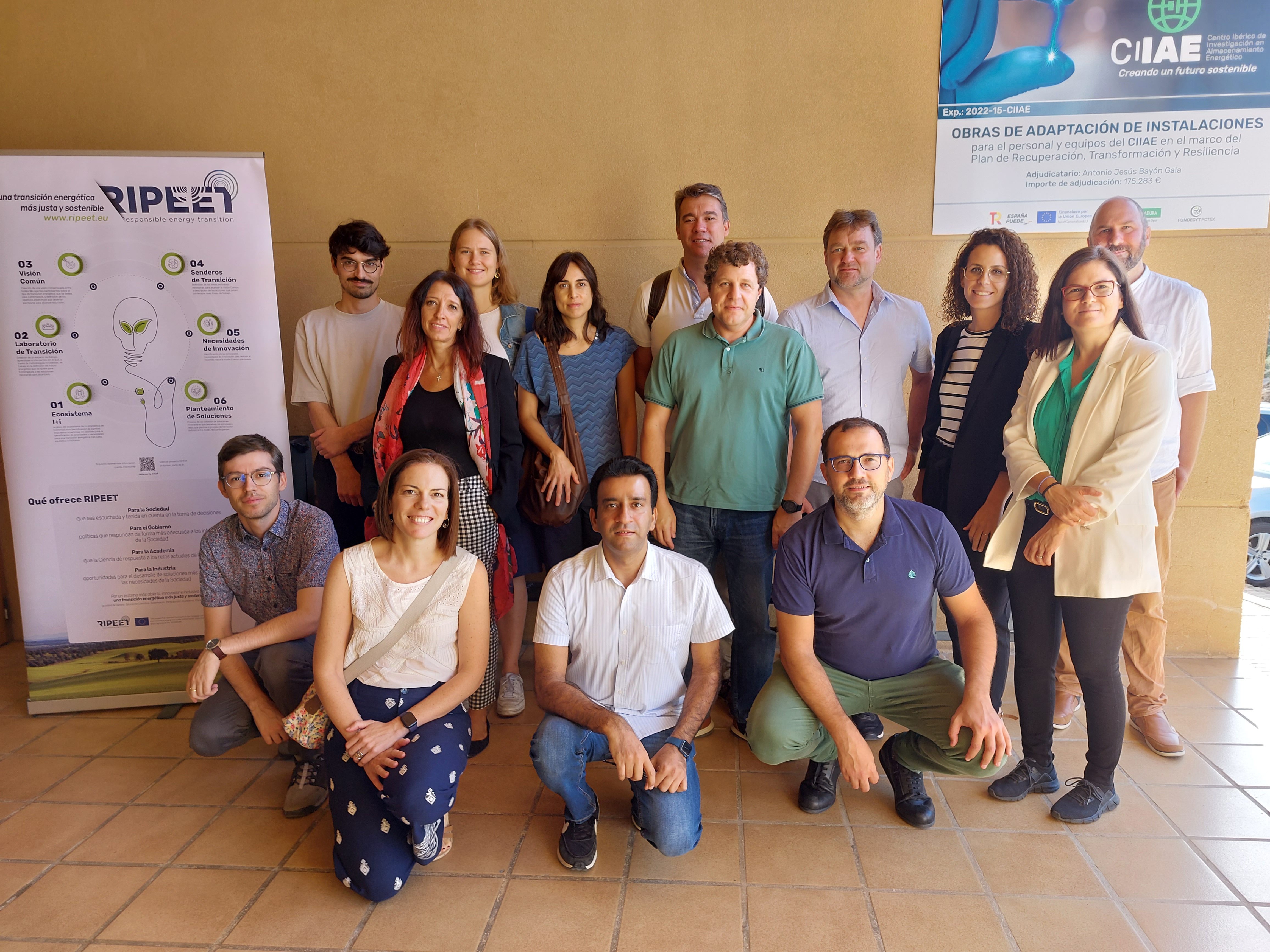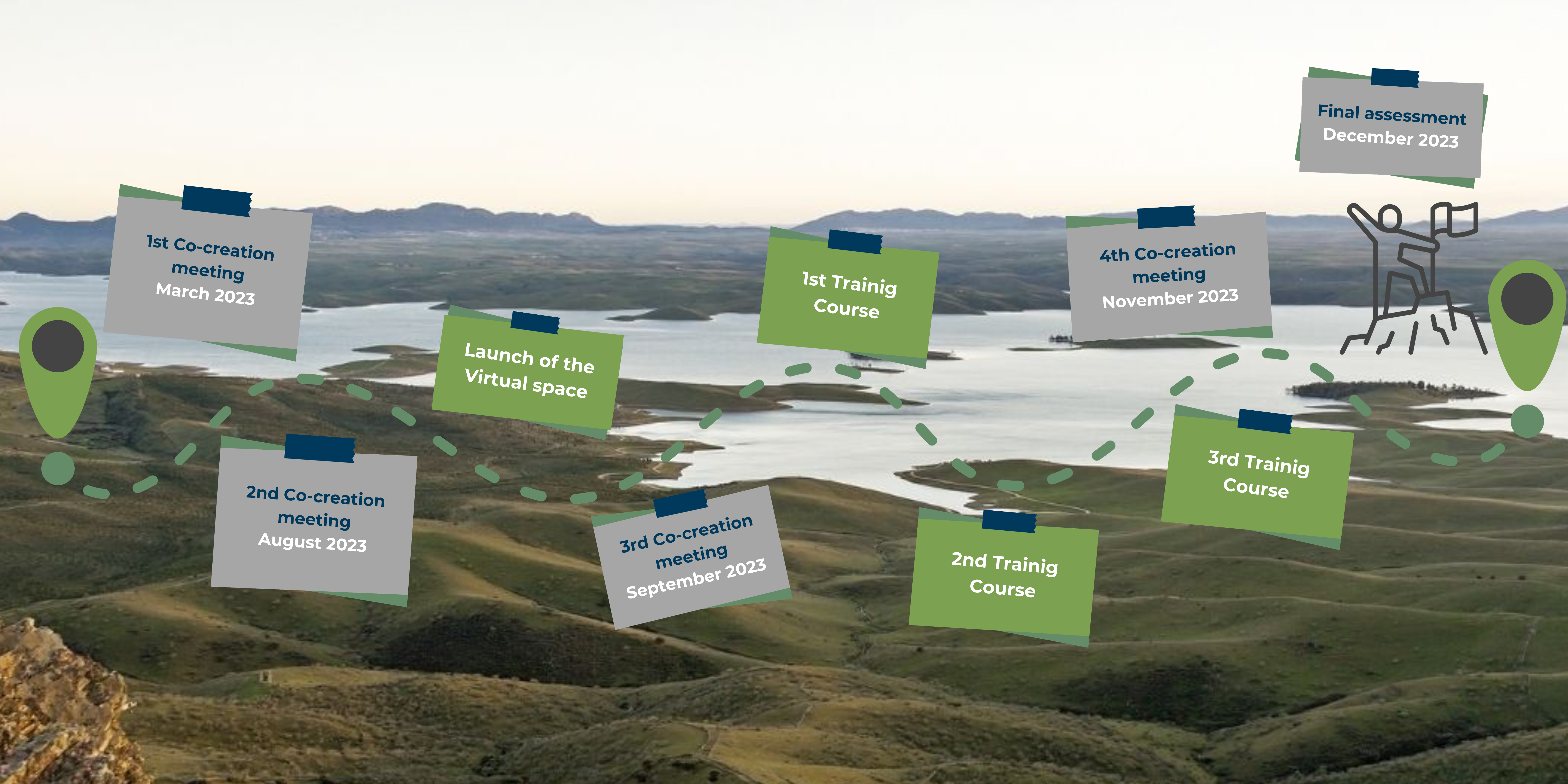The Aran Islands are a group of three islands at the mouth of Galway Bay, off the west coast of Ireland, with a total area around 46 km2 and a population of 1350 (as per 2022 census). The islands are the decarbonising zone for county Galway and were chosen late last year to be one of the EU 30 for 2030 renewable islands. The Aran Islands were the Mirror Ecosystem for the Outer Hebrides in the RIPEET project.
Using the RIPEET methodology in the energy transition on the Aran Islands
The Aran Islands are a group of three islands at the mouth of Galway Bay, off the west coast of Ireland, with a total area around 46 km2 and a population of 1350 (as per 2022 census).
The islands are the decarbonising zone for county Galway and were chosen late last year to be one of the EU 30 for 2030 renewable islands.
The Aran Islands are the Mirror Ecosystem for the Outer Hebrides in the RIPEET project.
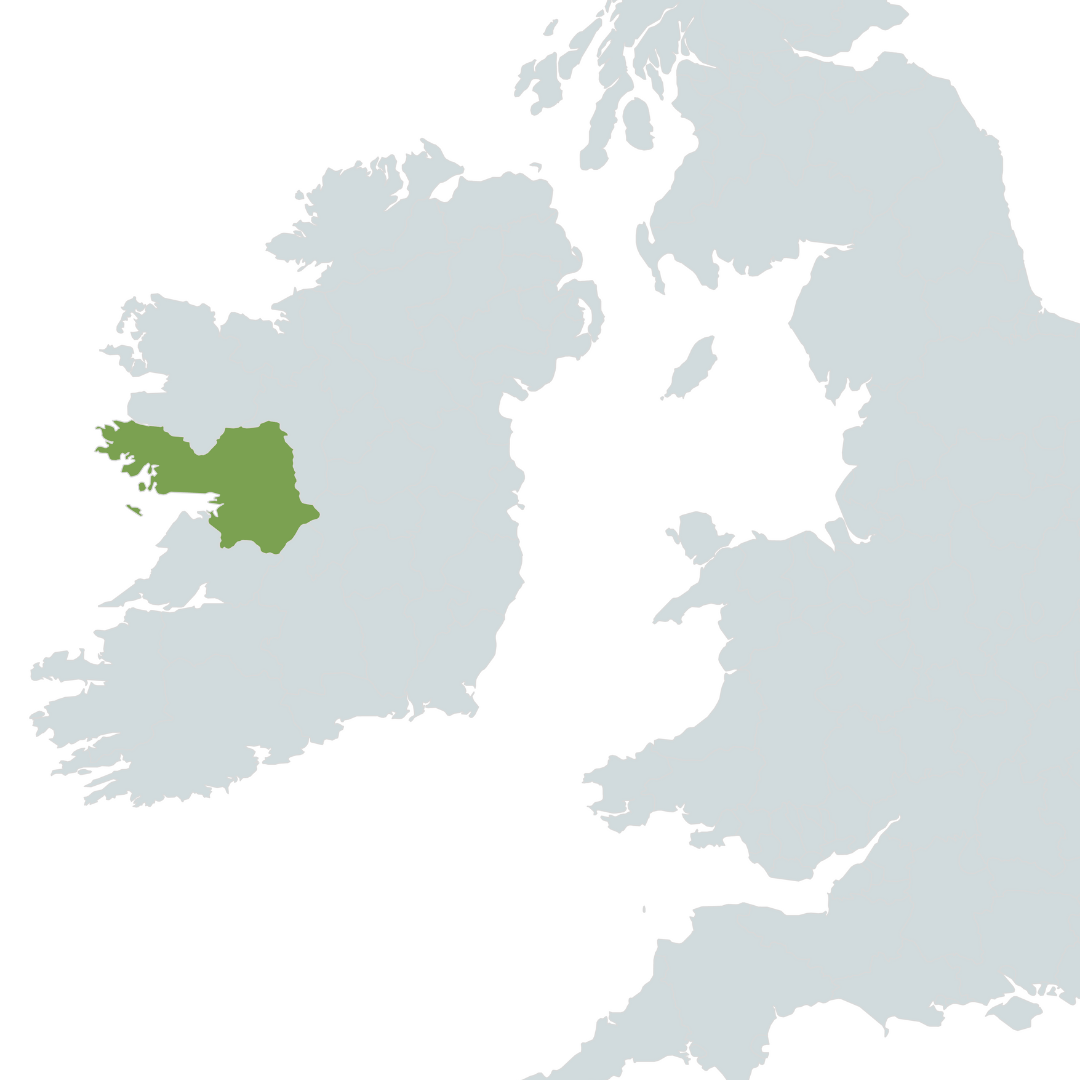
A joint workshop on the Galway County Climate Action Plan in Óstán Árann, Inis Mór on 11th October 2023 was facilitated by Comharchumann Fuinnimh in conjunction with staff from the Galway County Council (responsible for the administrative area of County Galway, excluding Galway City but including the islands) climate unit.
Tina Ryan, Climate Action Coordinator, and her colleague, Rebecca Mooney, Climate Action Officer came along with a colleague from the planning department. While residents and businesses of the three islands were invited, on the day, only Inis Mór residents (including Cathy Ní Ghoill, Manager of Comharchumann Forbartha Árann) were able to attend.
There was also a representative of Aran Ferries and the manager of the new energy agency, Gníomhaireacht Fuinnimh an Iarthar (GFI), Páraic Bairéad. When one lives on an island, gathering a large number of stakeholders is always challenging given travel difficulties and decisions about whether to meet on the islands/mainland.
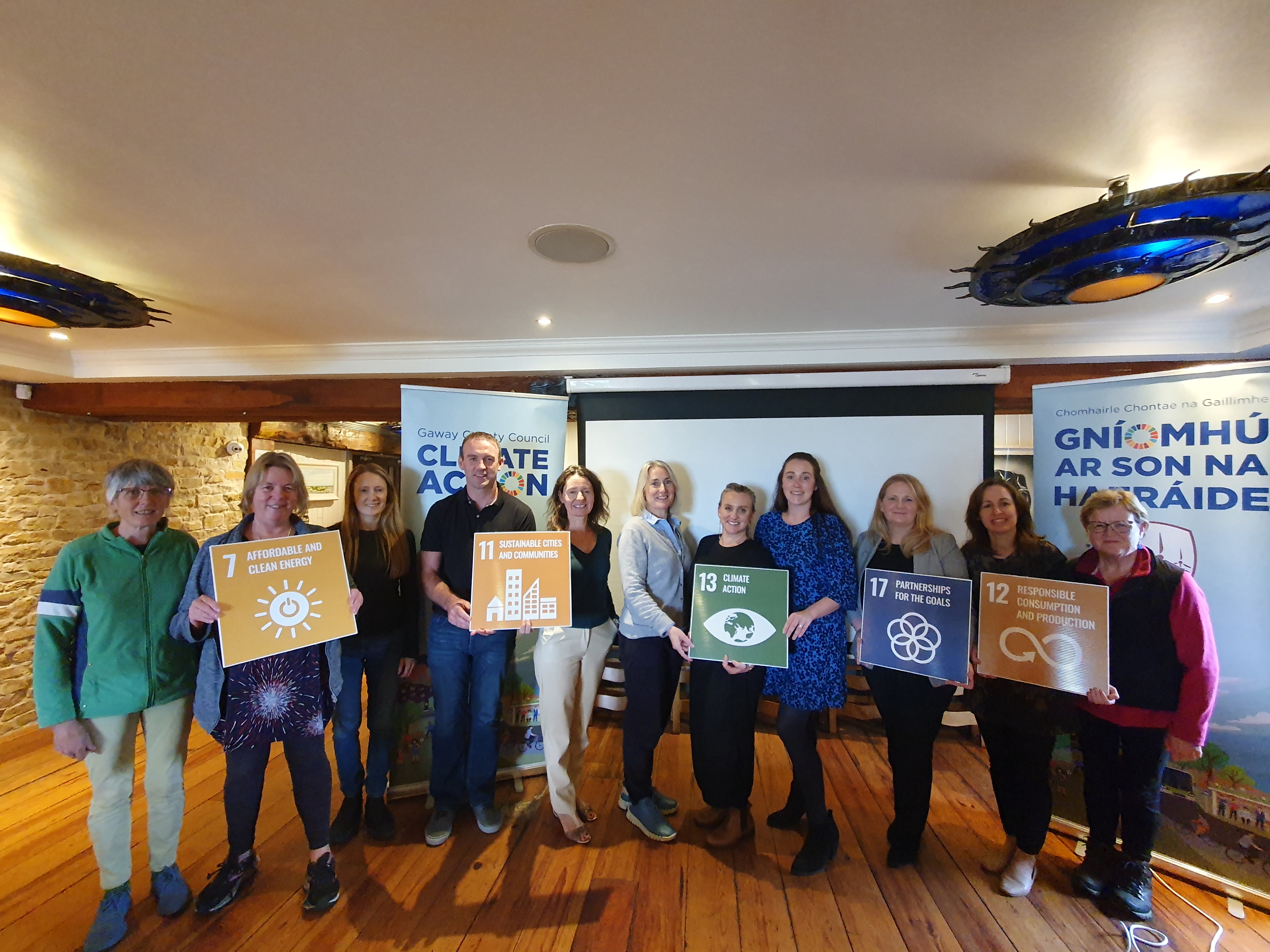
Photo by Tina Ryan
To start, Tina gave a presentation on the need for a plan given the particularly worrying predictions for 2050 namely -
Predicted increases in the frequency of extreme precipitation which will result in increased risk of surface water and river flooding.
Rising sea levels which will increase the risk of coastal erosion and inundation,
Increases in droughts and heatwaves which will mean that current experiences of wildfires, damage to biodiversity, low water levels etc will increase.
Galway County Council published a draft local area climate action plan (LACAP) for public consultation in October 2023 and will have it ready for publication in February 2024 having had input from stakeholders. The input of those on the Aran Islands is of particular importance as the islands are the dedicated Decarbonisation Zone for county Galway.
The second part of the workshop involved discussions and brainstorming relation to the LACAP goals, with a special focus on the goals relating to the Aran Islands (including water, energy, heating transport and housing).
Finally, there was a "visioning" session (following the RIPEET methodology), where participants brainstormed themes on the most important needs of the islands.
The three top priorities were
Energy efficient, comfortable homes
Energy security
Transport on and to/from the islands.
As a first step towards priority 1 "that each home on the islands would achieve a BER rating of B2 and get support to achieve this", an assessment of homes could be carried out by GFI.
A much broader range of stakeholders needs to be involved so that all voices are heard and it is likely that there will be a number of meetings needed to ensure that a vision incorporating the views of all stakeholders is developed.
